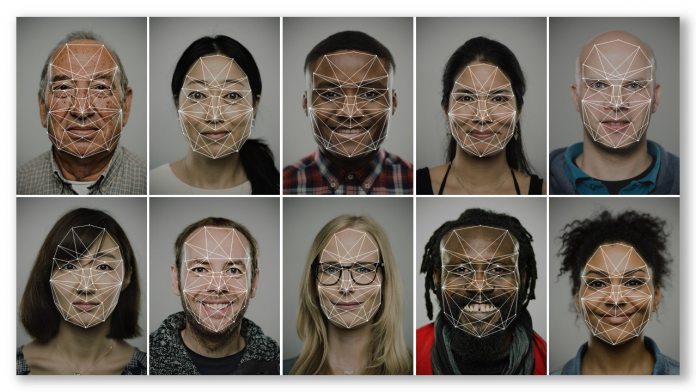The National University of Defense Technology is run by the Chinese military, which raises natural conflict. One of the papers contained reflection mapping methods that utilized human faces. Facial recognition has been used extensively in Xinjiang to monitor, a minority that is majority-Muslim. Allegedly, the government has also been spying on phones in the area and cutting off contact outside the country. Speaking out against the communist party is likely to get Uighurs detained. “It is deeply disturbing that an American company would be actively working with the Chinese military to further build up the government’s surveillance network against its own people — an act that makes them complicit in aiding the Communist Chinese government’s totalitarian censorship apparatus and egregious human rights abuses,” said Senator Marco Rubio of Flordia to the Financial Times. It’s not the first time Microsoft has run into controversy surrounding facial recognition. In 2018, the company provided Azure services to the US’ ICE to “accelerate facial recognition and identification”. The company later spoke out about child immigrants being separated from parents at the border and denied its technology had been used for such purposes.
Conflicting Statements?
Since, Microsoft has said it’s all for facial recognition regulation, though president Brad Smith advised against a blanket ban for governments. “There are certain uses of facial recognition that should cause concern and should cause everyone to proceed slowly and with caution. That’s certainly what we’re doing and we’re very worried about situations where facial recognition technology could be used in a manner that would cause bias or discrimination,” said Smith in February 2019. The company’s supposed collaboration with China seems to heavily contradict that statement. In defense of the practice, a Microsoft spokesperson told Business Insider: “Microsoft’s researchers, who are often academics, conduct fundamental research with leading scholars and experts from around the world to advance our understanding of technology.” “In each case, the research is guided by our principles, fully complies with US and local laws, and the research is published to ensure transparency so that everyone can benefit from our work.” However, some would argue that though the company’s aid isn’t entirely direct, the end result is the same. Microsoft is yet to give any evidence that its research isn’t being used for ill in China. Knowing the country’s human rights abuses, it’s hard to see how its work in the country doesn’t cause a moral conflict. Senator Ted Cruz is one of the critics, saying that “American companies must recognize this threat and rethink their role in aiding China.” Facial recognition as the ability to help as well as harm, though. In India, for example, it was utilized to find missing children. Microsoft’s research with China could aid with such projects. Some would argue that while its collaboration with NUDT makes things easier for China, the country could utilize public research crafted in any country. It’s a complex issue, but as Microsoft notes, it’s not a practice that currently breaks any laws.




